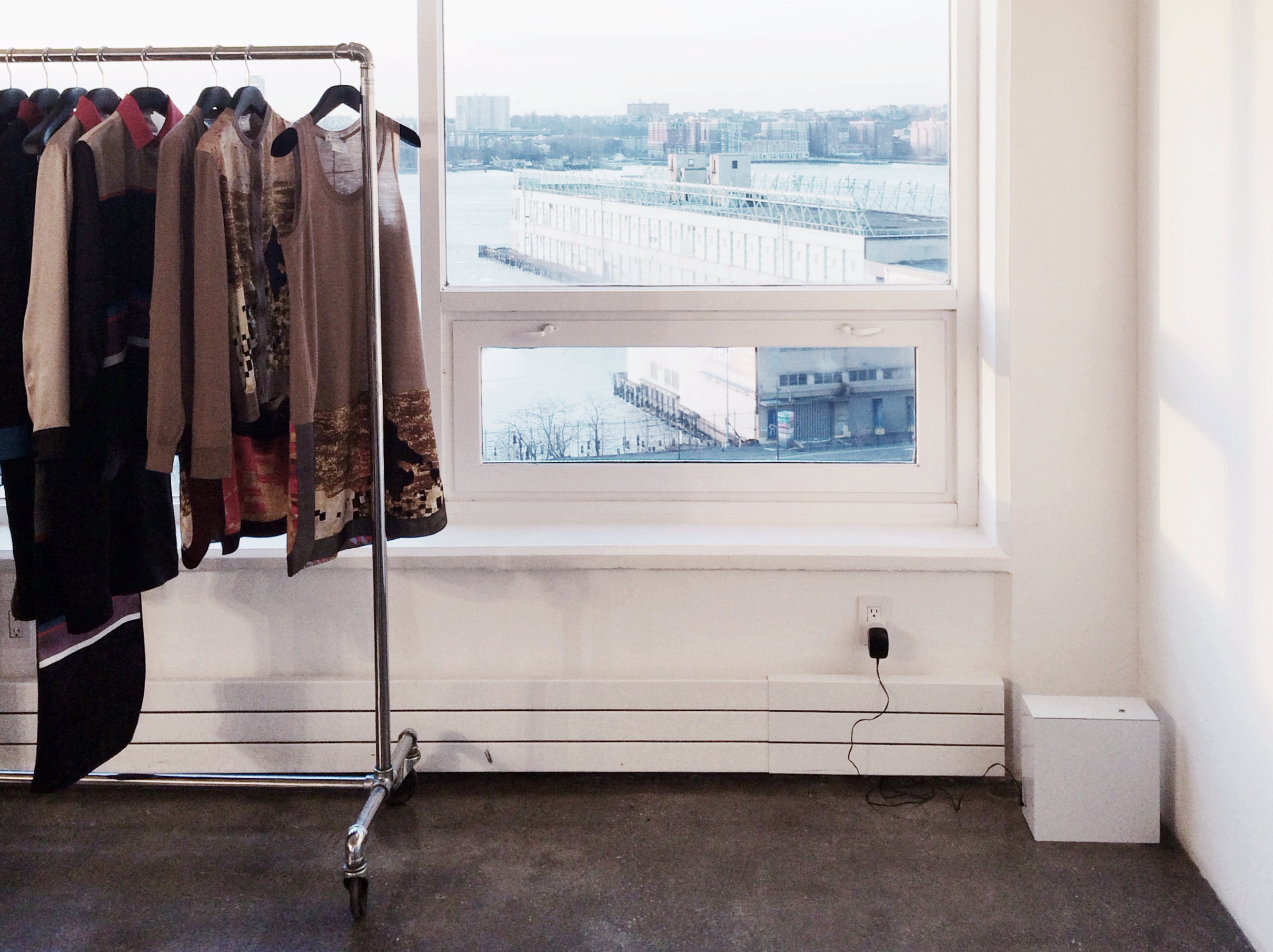“But what made you choose [to study] fashion?” is probably the most common question that people have asked me since I started studying at the Fashion Institute of Technology (FIT) in New York. To be truly honest, I can’t really explain why other than the fact that it has always been a passion of mine since I was little.
Back when I was in elementary school, my parents used to have a humongous wardrobe that stretched from the floor up to the ceiling of their bedroom. It was my favorite piece of furniture in the whole house. Everyday, after school, I would spend my playtime pretending that my parents’ bedroom was a boutique that I owned and all the clothes in their wardrobe were the merchandise. I only had one “customer” and he was my younger brother, who was in kindergarten back then. Even though he had no idea what it was all about, I would still try to “sell” my mom’s double-breasted blazer or my dad’s pleated pants to him.
Now even though I’ve always had that special interest in fashion, particularly the business side of it, I had never thought of it as a possible career option. It wasn’t until my freshman year in high school that I started taking it more seriously. By that time, I knew that I was not interested in any other career outside of fashion. I would spend hours looking up the best fashion schools in Europe and the U.S., in addition to taking notes of their admission requirements and tuitions. It became an obsession of mine and I used to prefer doing that to checking my own Facebook account.
Years passed and all of a sudden I was a high school senior. It is a tradition in my school that each one of us would write down our target university and the major that we wanted to be in on a big blackboard in front of the classroom. My high school was very math and science driven so most of my friends wanted to go to either an engineering or medical school. When it was my turn to write my university goal on that board, I felt very insecure. Fashion didn’t seem to compare well to software or electrical engineering.
So it definitely felt like a leap of faith when I decided to take the offer that FIT had presented me with. I know for sure what I want to do with my life and I’m very fortunate to have parents who believe in me and fully support my dreams, but the thought of taking a different route from my friends still scared me. Days before my departure to New York, I was overwhelmed with emotions. I couldn’t help but think to myself, “What the heck have I gotten myself into? What if none of this works out the way I want to?”
However, all those negative thoughts immediately disappeared on the very first day of my freshman year. I’ve never felt so excited to actually start learning! The professors are industry experts that have been working in the field for 10+ years and I can clearly tell that they are very passionate in what they do. The most surprising thing for me was how the material easily sticks to my head and studying does not feel like a chore, perhaps this is because I love the subjects (and the lecture from my professors).
“So what exactly do you study?” some of you may ask. Well first of all, I’m not a fashion design major; I’m studying fashion merchandising and management. Simply put, it is the business side of fashion. What’s exciting for me about this major is that it shows me how math is incorporated in the fashion industry, while still teaches me about the creative side of the industry as well. Some people might assume that because it’s a fashion major, all we do is learn “fun things” like the history of polka dots or the different types of handbags, while in actuality fashion involves a lot more math and calculations than one would think. After all, no matter how “glamorous” it may seem with all the runway shows and supermodels, fashion is still a business.
Majoring in fashion merchandising comes with various career options. We can work in either retail or wholesale. In retail, you may work for companies such as Bloomingdale’s, Saks, and Barney’s. You can be a buyer, who selects and buys the merchandise from fashion labels, for their store. An important element in the fashion industry, the buyers attend fashion shows and observe the styles that will be in trend next season while making sure that the styles would still fit the target market of a particular retailer. Or you can be a merchandiser, who works with the buyers in deciding what the store is going to have to sell. They are in charge of everything from choosing what to sell to designing how it is displayed in the stores.
Meanwhile in wholesale, you may work for fashion companies such as Prada, Alexander Wang, Chanel—you name it. In this part of the industry, you can also be a merchandiser. The difference is that instead of working with buyers, you will be dealing with designers. You have to edit out their works to make sure that their designs are within your company’s budget and sellable to your target market. You can even work in showroom sales. In sales you are on the other side of the table with the buyers, because you will be promoting your merchandise and negotiating with the buyers so that they would buy from the collection.
Studying at FIT has opened up so many opportunities that I could have never imagined. Last semester I landed my first internship at a textile agency that distributes fabrics from England, France, Germany, and Italy to high-end and contemporary brands in the U.S. Some of its clients include labels such as Marc Jacobs, Oscar De La Renta, Alexander Wang, Jason Wu, Rodarte, and Naeem Khan. I helped them with their sales and it was very exciting to go to showrooms with my boss to see how the fabrics team of each label chooses the fabrics to pitch to the design team. And just this past winter break, I had the opportunity to freelance for one of my favorite labels, Givenchy. I helped them during market week, which is essentially a time where buyers from all the major department stores (such as Bergdorf’s, Saks, and Barney’s) come in to the showroom, look at the label’s latest collection, and negotiate with the sales executives about their purchase. It was an amazing experience and I feel very honored to be a part of it. So far, it’s probably the highlight of the two years I’ve lived in New York.
Being a part of the FIT community (and being in New York in general) also feels like a privilege to me. The one thing that I quickly noticed on my first day at the school is that you can dress however you want—and no one would judge you. The people here, even the teachers, have their own individual style and they are not afraid to stand out. The outfits they wear are very refreshing to see, inspiring me in many ways. From guys who cross-dress, to harajuku girls, to the people who have such ways to still look amazing everyday while only wearing black—they all stay true to their own identities.
All in all, I couldn’t be more glad that I decided to follow my dream. Jakarta (and Indonesia) were my comfort zone and stepping out of it was a hard thing to do. I came to New York without knowing a single person. I had to adapt to new environments, meet new people and make new friends, and ultimately survive on my own. In a way, I was re-inventing myself too. But the struggle was definitely worth it, compared with all the opportunities and experiences that I had encountered along the way.
If you were to tell me a few years ago that I would be living in New York and studying at one of the best fashion schools in the world, I wouldn’t have believed you.
The photo was supplied by the author.










